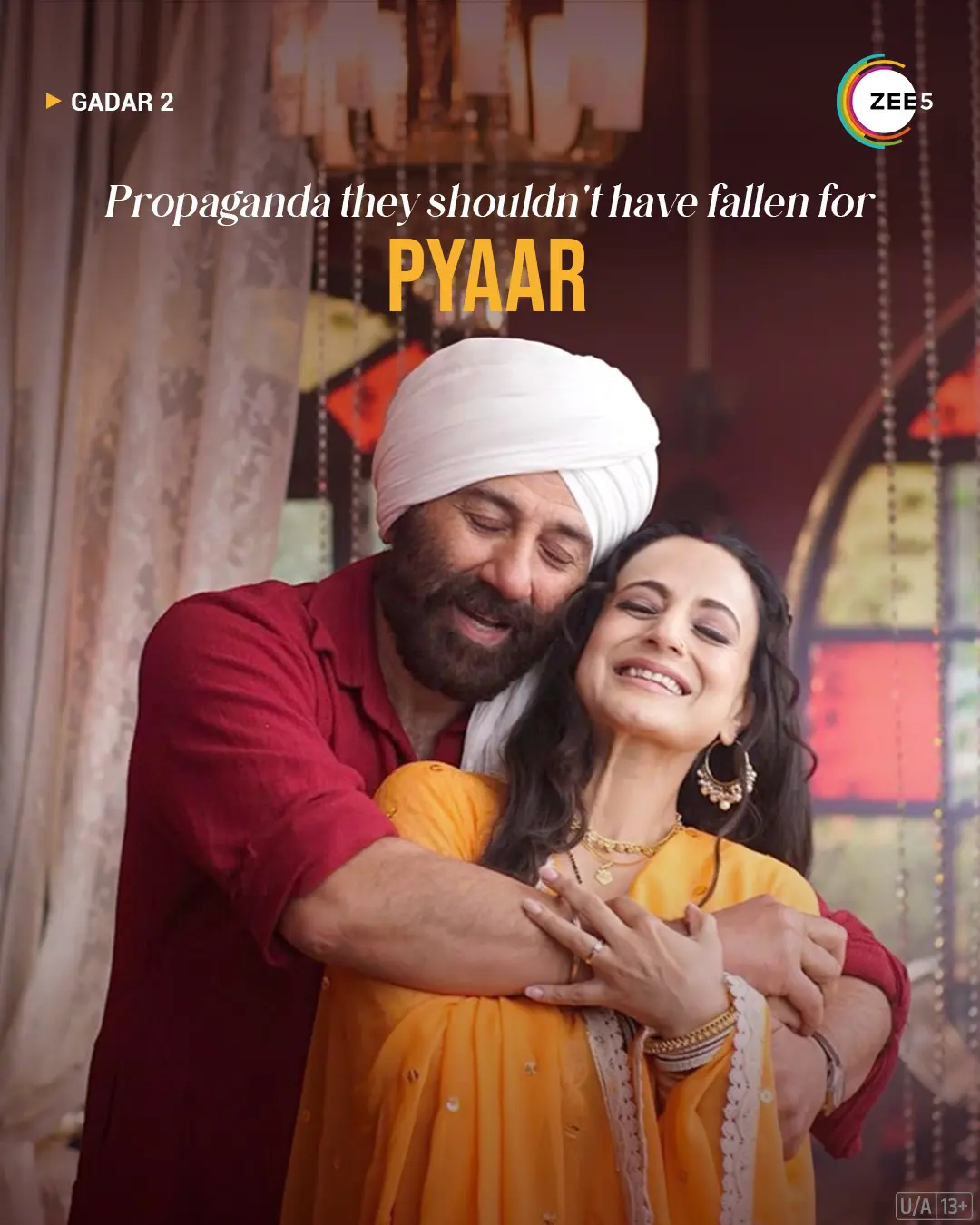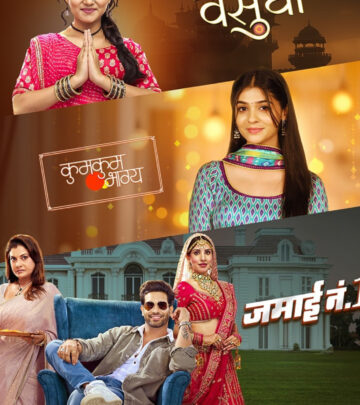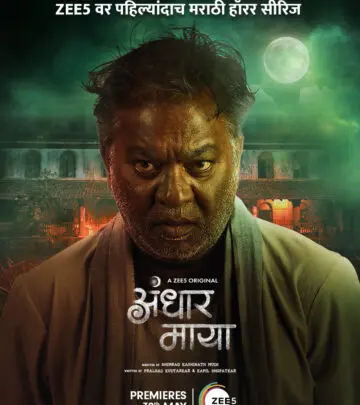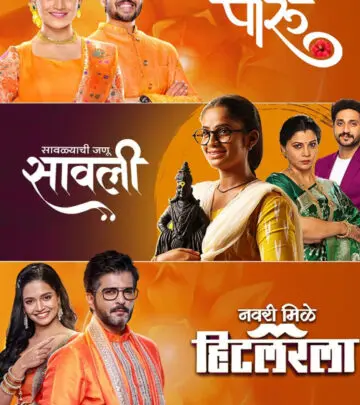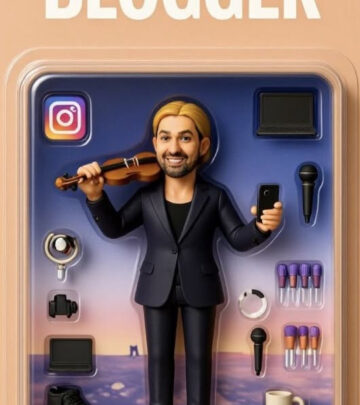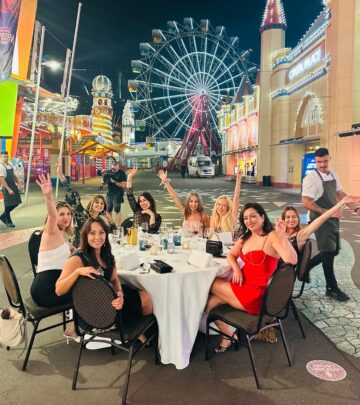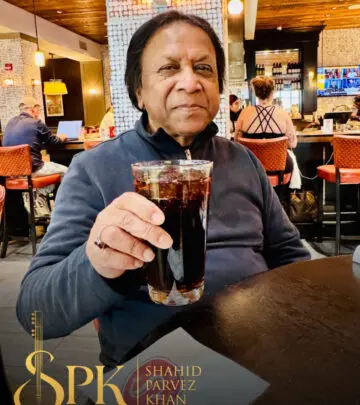Binge Culture Exposed: One More Episode Propaganda
Decoding binge trends and digital propaganda that keeps us hooked 'til dawn: watch on now.

Image: Instagram
In today’s digital era, the phrase “imma sleep after one more episode” has become a mantra for a generation of binge-watchers. This catchy declaration, which has graced social media feeds and streaming promos alike, is more than just a humorous excuse—it’s a glimpse into how propaganda subtly shapes our viewing habits. At the center of this phenomenon is ZEE5, the popular Indian OTT platform that has mastered the art of keeping audiences hooked.
The Binge-watch Phenomenon
Streaming services worldwide have tapped into our natural desire for instant gratification, using enticing catchphrases and promotional slogans to encourage one more click, one more episode. The mantra, “imma sleep after one more episode,” encapsulates the irony of modern viewing: even as we declare our intention to sleep, we remain drawn to the cliffhangers and addictive narratives displayed before us. Social media trends using hashtags like #Tamasha, #MRS, #GoGoaGone, #Gadar2, and #ShowtimeWithZEE5 underscore a broader cultural dialogue about the blurred lines between relaxation and obsession. It is this mix of humor, relatability, and underlying urgency that transforms a simple statement into a form of propaganda—and one that many willingly buy into.
Zee5’s Dominance In Digital Storytelling
ZEE5, one of the key players in India’s competitive streaming market, has redefined digital storytelling by offering a range of content that adds both entertainment and dramatic intensity to our screens. Launched by Zee Entertainment Enterprises, ZEE5 has grown rapidly by engaging its audience with original series, films, and special events that resonate with contemporary viewers. The platform is praised for balancing edgy narratives with cultural nuances, as evidenced by its trending shows and the wide variety of hashtags associated with its content.
A look at the platform’s social media presence reveals a clever use of visual storytelling. Vibrant images, dynamic posts, and catchy captions create an immersive digital experience that amplifies the binge-watching culture. For example, one Instagram post highlights the subtle propaganda by playfully referencing the idea of sacrificing sleep for one extra episode—an image that perfectly encapsulates the viewer’s inner conflict. Such posts not only promote the content but also draw attention to the addictive nature of the viewing experience.
Social Media’s Role In Reinforcing Propaganda
Social media platforms have become fertile ground for this kind of digital persuasion. When users see a meme or a series of images echoing a familiar sentiment, it reinforces the idea that “one more episode” is a rite of passage. This phenomenon is amplified by a blend of humor and relatability that creates a pervasive culture of binge-watching. With hashtags tied to various shows like #BhagyaLakshmi, #TaishTheRage, and others, platforms like Instagram and Twitter enhance the narrative and keep discussions alive among fans. Numerous related posts also spotlight themes of revenge, drama, and the inevitability of digital obsession, adding layers to the overall experience.
A glance at older posts from the ZEE5 handle reveals a spectrum of content—from dramatic TV series to playful banter that ties personal stories with larger cultural narratives. Whether it’s celebrating the dramatic twists of a show or teasing audiences with provocative captions, ZEE5 and its associated personalities have a knack for maintaining relevance in a fast-evolving digital space.
The Subtle Art Of Digital Persuasion
It appears that the most successful propaganda is not overt or forceful; instead, it relies on soft persuasion—a clever nod to our own habits. The seemingly innocuous remark about “one more episode” acts as a gentle reminder of the very human tendency to delay sleep and responsibility in favor of entertainment. In today’s world, where the boundary between leisure and indulgence is increasingly blurred, this light-hearted commentary transforms into a subtle call-to-action, nudging viewers into a cycle of continuous engagement.
ZEE5 stands as a testament to this shift. The streaming service has honed its digital strategies in a way that not only entertains but also makes a pointed commentary on modern life. Its content, widely shared across social media, is reflective of a society that is both in love with and captive to its screens. The platform’s emphasis on cultural touchstones, combined with an understanding of visual and narrative trends, creates a unique environment where propaganda and entertainment seamlessly merge.
In a broader sense, the discussion extends beyond just ZEE5 or binge-watching—it is a reflection on how modern media subtly shapes our decision-making. As viewers, we are both the audience and the participants in this digital dance, often unconsciously succumbing to well-crafted narratives that dictate our behaviors.
The discourse around binge-watching reminds us that digital propaganda is not always sinister. Sometimes, it is simply an acknowledgment of our collective habits—humorous, self-aware, and ultimately, human. As streaming services continue to evolve and infiltrate every waking moment, the conversation about how they influence our daily decisions is only set to grow more complex and engrossing.
Ultimately, the line between persuasion and entertainment is thin. With each “one more episode,” we see a subtle, ongoing dialogue between content creators and consumers—a dialogue that not only entertains but also elucidates the intricacies of modern digital life. The era of passive viewership is over, replaced by an interactive culture where every swipe and every click contributes to an evolving narrative of our times.
Through its creative content and savvy promotional strategies, ZEE5 encapsulates the spirit of this phenomenon, making every moment an invitation to stay just a little bit longer. Whether we are aware of it or not, the digital propaganda of binge-watching has woven itself into the fabric of our everyday lives, challenging us to rethink the boundaries between leisure and lifestyle.
Read full bio of Glendon Moss





